Nature reports
Category: Other
Page 2 of 9 - 86 Results
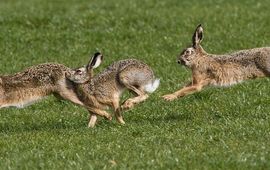
Animals lose dander, mucus and hair that end up in the air. Would it be possible to collect and analyse those traces to map local biodiversity? This was the main question of a Danish research team. The team placed an air sampler..
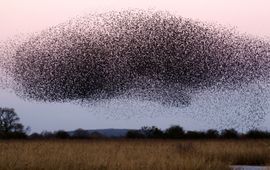
Young, naïve starlings are looking for their wintering grounds independently of experienced conspecifics. By revisiting a classic ‘displacement’ experiment and by adding new data, a team of researchers at the Netherlands Institute..
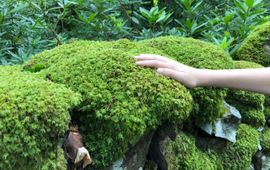
Nature is under severe pressure worldwide and recent studies project a continued loss. Despite the strong dependence and impact of our society on the many services that nature provides, the worldwide economic impact is largely..
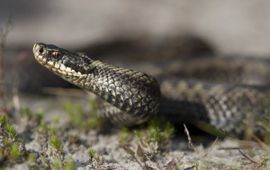
A 3D model of imitation blood vessels will make it possible to see exactly how snake venom attacks blood vessels, without having to use laboratory animals. This new research model, called an organ-on-a-chip, was developed by a..
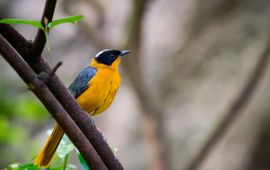
In a revelatory exploration of biodiversity, a recent study has exposed the universal principles governing the dominance and rarity of species across ecosystems. The researchers unveil that a mere few percent of all species wield..
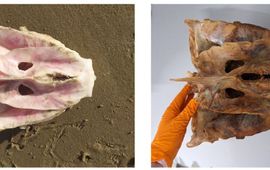
Naturalis' free question service helps young and old to name finds from nature. Each year, we receive about 2,500 questions and this year even more than 3,000. What were the most surprising nature questions of 2023?..
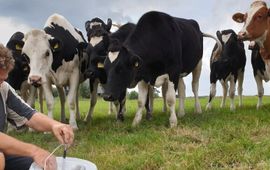
How do we enhance biodiversity on farmland? To do this, farmers need to be motivated to care and promote it. But it also requires people who can monitor the developments through their observations and counts. Citizen science is..
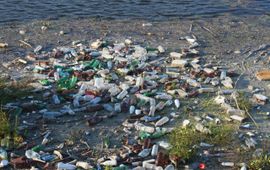
Plastic pollution is a global problem and Dutch rivers are no exception. Anyone who has ever walked along their banks will know the sight of bottles, caps and food packaging. But some of that litter may originate from elsewhere...
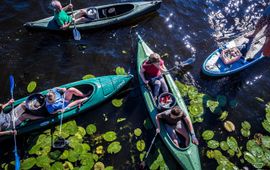
The Leiden initiative De Grachtwacht, which has been cleaning the canals since 2018, received the NWO Communication Initiative Award yesterday. Founders Auke-Florian Hiemstra and Liselotte Rambonnet, affiliated with Naturalis and..
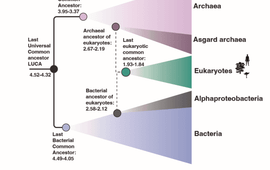
LUCA, the ‘last universal common ancestor’ of all living organisms, lived 4.32 to at most 4.52 billion years ago. This is indicated by a study from NIOZ biologists Tara Mahendrarajah and senior author Anja Spang, with..
